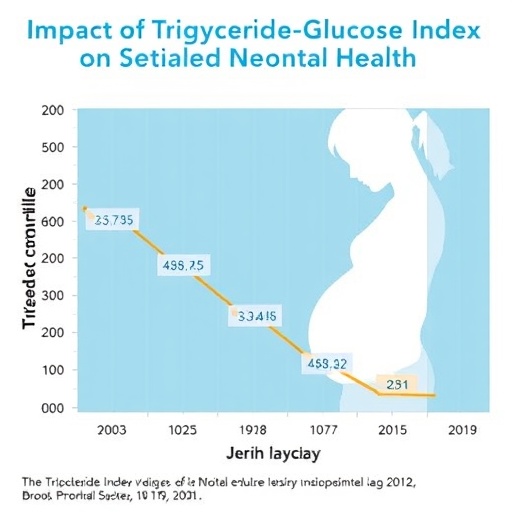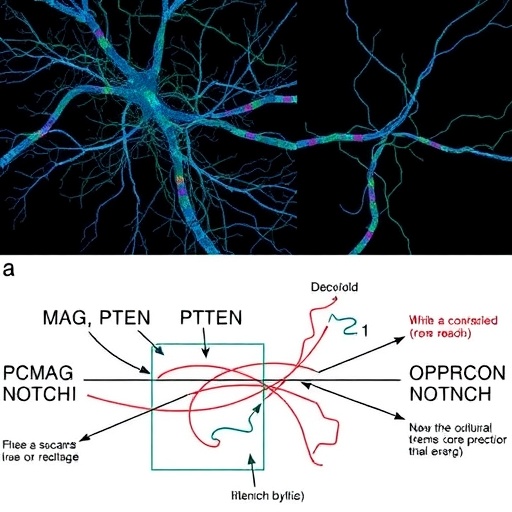PROTECT YOUR DNA WITH QUANTUM TECHNOLOGY
Orgo-Life the new way to the future Advertising by AdpathwayIn the era of precision medicine and targeted therapies, molecular generation has emerged as a groundbreaking technology poised to transform the landscape of drug discovery. Traditional methods of molecular generation, primarily focused on ligand-based or structure-based approaches, have often failed to meet the demanding needs of real-world applications. These challenges underscore a significant gap in the field, where the complexity and specificity of potential drug candidates require innovative solutions. In this context, a novel approach known as PhoreGen has been introduced, offering a promising pathway for efficient and effective molecular generation that aligns more closely with pharmacophoric requirements.
PhoreGen addresses the inherent limitations of existing molecular generation techniques by employing a pharmacophore-oriented framework. This method not only prioritizes the critical interaction points key to the biological efficacy of drug candidates but also incorporates sophisticated computational techniques to enhance molecular design. The process employs asynchronous perturbations, which allow for dynamic updates on both atomic structures and bond configurations, resulting in a more flexible and robust molecular generation process. By utilizing a message-passing mechanism that integrates prior knowledge of ligand–pharmacophore relationships, PhoreGen effectively guides the generation of new molecular entities through a diffusion–denoising process that is more effective than traditional methods.
Early evaluations of PhoreGen reveal its impressive capability to generate three-dimensional molecules that maintain a strong correlation with established pharmacophores. This alignment is not just a cosmetic feature; it is critical for ensuring that the generated compounds possess favorable chemical properties, diversity, and drug-likeness. The achievement of high binding affinity is another hallmark of the PhoreGen methodology, making it a potent tool for researchers focused on identifying new therapeutic candidates against challenging targets. The potential to create feature-customized molecules at a high frequency further enhances PhoreGen’s utility in the fast-paced environment of drug discovery.
One of the most exciting applications of the PhoreGen technology is its role in the discovery of new bicyclic boronate inhibitors. These novel compounds have shown promise against evolved metallo-β-lactamase and serine-β-lactamases, both of which are critical in the fight against antibiotic resistance—a growing concern in clinical settings. The ability of these new inhibitors to potentiate the action of meropenem against clinically relevant strains of superbugs showcases the tangible impact that PhoreGen can have in addressing urgent medical needs. This is particularly noteworthy as antibiotic resistance continues to escalate, making the search for effective treatments more crucial than ever.
Furthermore, PhoreGen has also demonstrated its capacity to identify inhibitors targeting metallo-nicotinamidases, which are emerging as relevant targets for the development of new insecticides. The ability to adapt the molecular generation process for applications in both human medicine and agricultural pest control reflects the versatility of PhoreGen as a tool in the realms of drug discovery and chemical development. This dual application potential is a significant incentive for its adoption in various research domains, underscoring the need for innovative approaches to combat multifaceted biological challenges.
The PhoreGen methodology not only advances the field of molecular generation but does so with an explicit focus on the intricacies of pharmacophoric design. This focus results in a more directed approach to drug discovery, where generated molecules are not only novel but also strategically aligned with biological targets. As such, PhoreGen represents a paradigm shift in how researchers can leverage computational techniques to explore uncharted territory in drug design, moving beyond the limitations of conventional methods.
Additionally, the computational underpinnings of PhoreGen, including its reliance on advanced algorithms and machine learning techniques, exemplify the integration of artificial intelligence into modern drug discovery frameworks. The incorporation of these technologies facilitates the efficient screening of vast chemical spaces, allowing researchers to pinpoint molecular candidates with desirable characteristics swiftly. The efficiency with which PhoreGen operates serves as a reminder of the growing importance of computational tools in tackling the challenges associated with drug discovery.
In a landscape increasingly driven by data, the algorithmic backbone of PhoreGen not only enhances its predictive capabilities but also enables modular updates to the system as new data and methodologies become available. This adaptability is vital in a field where new insights are constantly arising, ensuring that the tool remains relevant and effective in changing research paradigms. Researchers can expect that as the underlying algorithms continue to evolve, so too will the capacity of PhoreGen to deliver even more sophisticated molecular designs.
The implications of successfully integrating PhoreGen into mainstream drug discovery extend far beyond individual therapeutic successes. Should PhoreGen achieve widespread adoption, it could redefine the timelines and costs associated with developing new drugs, enabling pharmaceutical companies to respond more rapidly to emerging health crises. This shift could lead to accelerated timelines for bringing lifesaving therapies to the market, particularly in response to urgent health threats posed by antibiotic-resistant infections and emerging diseases.
Research efforts surrounding PhoreGen are also likely to spur collaborative initiatives across the scientific community, as researchers from various fields converge to explore its applications and refine its methodologies. The interdisciplinary nature of modern drug discovery necessitates teamwork that crosses traditional boundaries, and PhoreGen’s innovative approach could foster these collaborations, enabling scientists to pool their expertise and resources for maximum impact.
As more data accumulates around the performance and capabilities of PhoreGen, frameworks for evaluating its output will also emerge. Such evaluation metrics will not only serve as benchmarks for further enhancements but will also provide transparency regarding the drug discovery process. Increased scrutiny and validation of computational tools using rigorous scientific standards will ultimately strengthen the credibility of approaches like PhoreGen in an industry that operates under strict regulatory frameworks.
In conclusion, PhoreGen represents a remarkable advancement in the field of molecular generation, combining pharmacophore orientation with cutting-edge computational techniques to yield promising results for drug discovery. Its potential to effectively design new molecules with desirable properties positions it as a leading contender among modern methodologies aimed at addressing critical health concerns. As this technology continues to mature, the pharmaceutical landscape could witness transformative changes that will improve the efficiency of drug development, ultimately benefiting patients in need of innovative therapies.
As stakeholders in healthcare and research look to the future, the integration and success of methodologies like PhoreGen will likely become pivotal in the ongoing battle against diseases that currently pose significant threats to public health.
Subject of Research: Pharmacophore-oriented 3D molecular generation for drug discovery
Article Title: Pharmacophore-oriented 3D molecular generation toward efficient feature-customized drug discovery
Article References:
Peng, J., Yu, JL., Yang, ZB. et al. Pharmacophore-oriented 3D molecular generation toward efficient feature-customized drug discovery.
Nat Comput Sci (2025). https://doi.org/10.1038/s43588-025-00850-5
Image Credits: AI Generated
DOI: 10.1038/s43588-025-00850-5
Keywords: Molecular generation, drug discovery, pharmacophore, 3D molecular modeling, machine learning, antibiotic resistance, metallo-β-lactamase, boronate inhibitors, computational chemistry.
Tags: 3D molecular design in drug discoveryadvanced drug discovery technologiescomputational techniques in drug developmentcustomized drug design solutionsdynamic molecular generation processesefficient drug candidate identificationinnovative molecular generation techniquesligand-pharmacophore relationship modelingovercoming limitations of traditional methodspharmacophore-oriented molecular designPhoreGen drug discovery approachprecision medicine and targeted therapies


 9 hours ago
1
9 hours ago
1





















 English (US) ·
English (US) ·  French (CA) ·
French (CA) ·